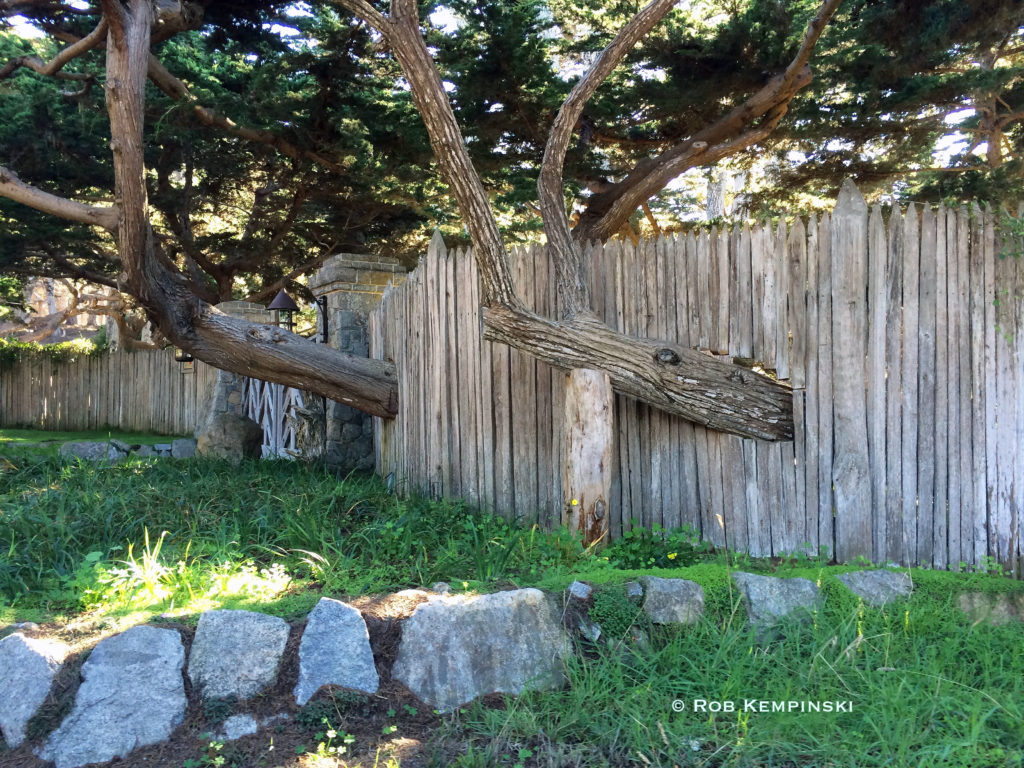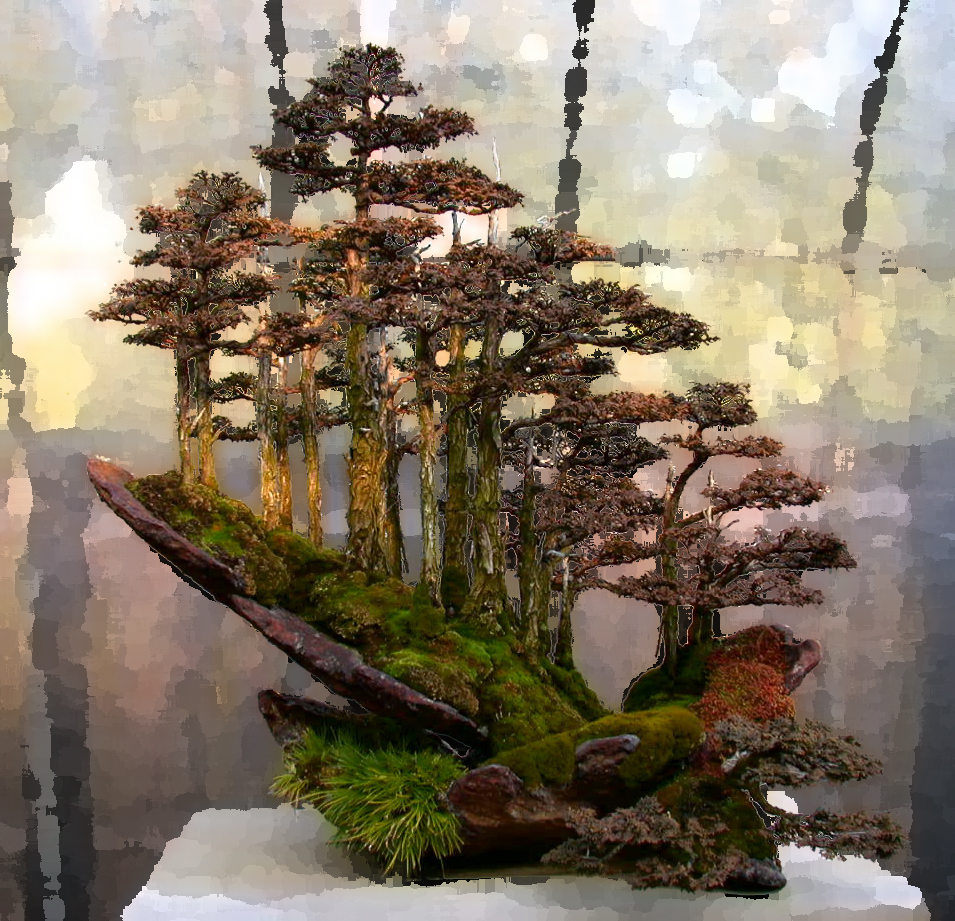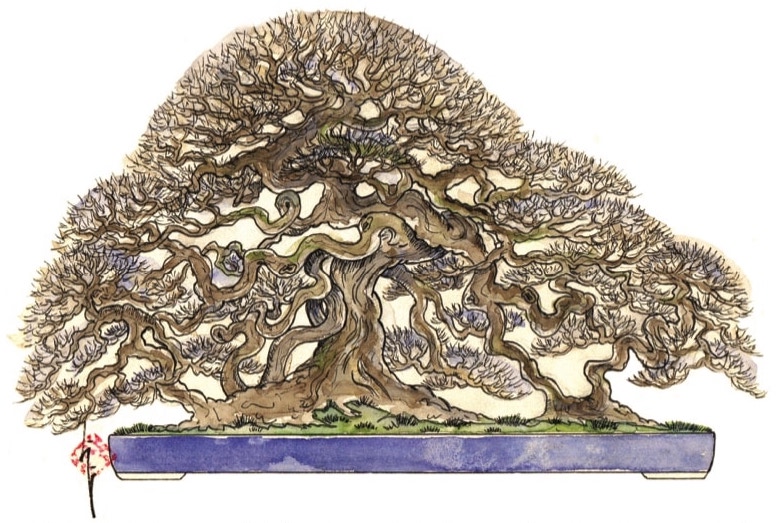

One of my favorite books is “Fountainhead” by Ayn Rand. The protagonist of the book, Harold Roark, an architect, pursues his ideas come heck or high water. At one point, things seem to be going well in his business and a city hires him to design a public housing complex. However, when he learns the city “collectively” has changed his design without checking with him – he takes the drastic step of blowing up the partially finished building. Rand’s theme is that the ideal person follows their individual ideas of what is right as opposed to succumbing to the will of the collective. What does this have to do with bonsai? Well I’m not advocating blowing up some trees, but let’s talk about individualism in bonsai.
In all types of human endeavor there are those that only follow the norms and those that try new things. Good thing we have both – otherwise we would have stagnant chaos. The world needs people to follow norms to build roads, enact civil laws, and do a myriad of day to day tasks. But just as much as the world needs them, we also need individuals willing to break away to do something new. Otherwise we would be without penicillin, electric lights, and countless other innovations. In the bonsai world, which in the scheme of things is in its infant stage in the USA, there are so many that only look to their interpretation of Japan and the “traditional way” of creating bonsai. They follow the norms of traditional bonsai design according to some set standard (which by the way is not as set as some might think). Innovators whether in bonsai design, pot design and or display encounter a variety of negative (and some positive) response.
In doing traditional bonsai one can have an individual style but to go bit beyond branch arrangement there are some steps one can do to make their bonsai art more individualist.
First, you have to have ideas. To do this learn your material and various techniques. Then consider novel ways to apply those techniques. For example wiring branches was not common in the bonsai world prior to World War II. Yet now it is a prevalent practice. I’ve experimented with polyurethane glue in branch placement, two part epoxy in damage repair, acrylic paint, and fire and heat for shaping. Who knows what the future can bring. I always ponder what genetic engineering might do for bonsai design. Maybe that’s a retirement project for me.

Second, learn the past but don’t be beholden to it. There have been many excellent trees created over the past decades. And some interesting techniques. The late Nick Lenz created many creative designs using artifacts and interesting pot design. An observation though was Nick’s trees usually had a traditional branch placement over different artifacts. The club just had a visit by French artist Laurent Darrieux who has conceived a radical way to do trunk design, branch placement and overall tree silhouette. Laurent’s visit should have opened our eyes to the art of the possible beyond traditional design. When doing display here is a chance to get extremely creative. I have been known to make unusual tree arrangements as I believe display art is a totally different art than bonsai tree growing. And display art isn’t faced with the limitation of a tree in a pot. Robert Stephen in Indonesia is leading a whole group of young bonsai artists to make clever displays apart from the traditional Asian way.

Third, experiment and don’t be afraid to fail. Try different things. New species, new containers, new tools for shaping and carving, new horticultural techniques, grafting, what ever your fertile mind can conjure.

Think laterally. Go outside the bonsai art and examining how other art forms approach creativity then figure out how to apply that to bonsai. (see last month’s Kempinski Korner for more detailed discussion.)
Most importantly don’t worry about what others think – follow your ideas. When someone says “you have to do this” or “they don’t do it that way in Japan” red flags should go off. These are wrong expressions for so many reasons. Stick to your ideas and develop them to their limits. That is how innovation happens. No one is going to put you in bonsai jail. But don’t be like Harold Roark and blow something up. That would put you in real jail.
